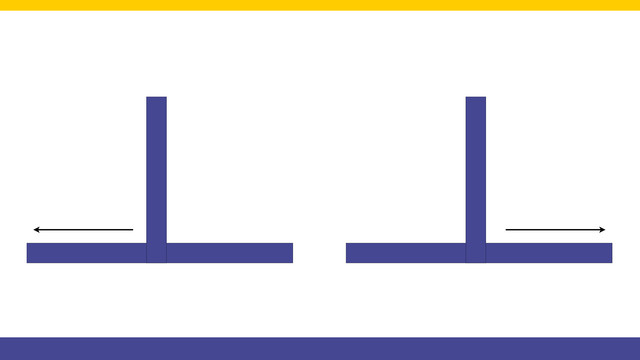

WRO Junior-High 2015. Treasure Hunt. Part 3. Decoding field color code
The robot works on the field and decodes the different colours that represent the rows and the columns.
- #200
- 17 Apr 2016


The robot works on the field and decodes the different colours that represent the rows and the columns.


Instead of aligning forward as in the previous tutorial we felt there is a need to demonstrate how we could align backward when moving with the robot. This is not a rare case. The attachments of the robot are generally at the front of the robot and especially during FIRST LEGO League competitions the robot must move backward very often. It is helpful to have in your toolbox the ability to align backward with the robot.


On of the most precise ways to position on the FIRST LEGO League and other competition fields is to follow and align and in this tutorial we demonstrate exactly this - how consistent and reliable this method is to reach specific mission models. In this way you know that every time you will be at the right place, which is great.


In this 10 out of 10 tutorials we do 10 runs that demonstrated how consistent and reliable it is to stop at the second intersection. This is useful as it is one of the main ways to figure out how to position yourself on the field.


All worked as expected, up until know because the robot got lost. This happens when we turn right and the line does not continue to the right. Now the robot must somehow understand that it is "lost" and escape.


We would look at the rules of the competition over our small model and we would start solving the field.


Continuing with the Proportional algorithm for following lines. Smooth and stable this is the first part of the PID.


How do you detect a cross-section and move from following the main line to following the crossing line. In this series of video tutorials we are starting with a very simple solution that could work in most of the cases. It is especially useful for the FIRST LEGO League Trash Trek competition where there is such a section.


One of the smartest things you could do in any software program is to extract logic in small reusable, simple, understandable units. In EV3-G these are called Blocks and we are going to extract the logic for finding a minimum and maximum for each of the sensors in a new block.


Нека да разгледаме брика - LEGO Mindstorms EV3 Intelligent Brick. Умната LEGO тухличка.
EV3 брикът е главният компютър на вашия робот. Той има екран, бутони и различни портове.

This construction is ment as a addition to the base line following robot with exposed sensor.

Робот-стойка за телефон, който задейства аларма при кражба. Представлява плоча, стояща върху гума. Когато телефонът е сложен отгоре, тежестта му кара гумата да се сплеска и височината на конструкцията се променя. Сензорът за цвят долавя тези малки промени и задейства алармата.

This modification of the box robot contains large wheels. It was specially requested by you and we have it .


Какво е цвят? Как нашият робот го вижда? Научете това тук!